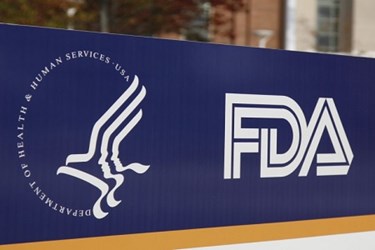FDA to Notify Public of "Emerging Signals" of Medical Device Safety

FDA plans to proceed with a new adverse event reporting protocol, which will alert the public to medical device safety concerns, or “emerging signals,” while the agency still is investigating claims. Despite industry arguments that the policy would create unnecessary panic and damage the reputation of life-saving devices, FDA believes the finalized guidance — which has incorporated input from industry — could reduce patient risk by improving access to current information.
FDA investigates all claims of adverse events associated with medical devices but currently does not release information regarding these claims until the investigation is complete and the agency is prepared to issue specific recommendations. In a draft guidance released in December 2015, FDA indicated their intention to release information about emerging signals as soon as their investigations began.
“We believe there is a need to notify the public about emerging signals that the Agency is monitoring or analyzing, even when the information has not been fully analyzed, validated, or confirmed and for which the Agency does not yet have specific recommendations,” said FDA in the draft.
The draft garnered immediate response from industry, who argued that the policy would do more harm than good. Unreliable information could unfairly prejudice patients and providers against valuable products and end up hurting as many patients as it could potentially help. Several manufacturers, including Abbott Laboratories, Merck, Novo Nordisk, and GE Healthcare, as well as industry advocacy group AdvaMed, released statements criticizing the guidance.
In the revised and finalized guidance, FDA has walked back some of its earlier assertions and clarified that emerging signals will not be announced until the agency has “credible scientific evidence” concerning a causal relationship between the event and medical device. The guidance also noted that the agency would clearly stipulate in announcements what information the FDA did and did not have, and follow up with additional information as circumstances warranted.
Potential emerging signals may involve one product from one manufacturer or many similar devices from multiple manufacturers, according to the guidance. Manufacturers may or may not be contacted prior to publication, depending on the level of risk involved to patients. The Center for Devices and Radiological Health (CDRH) intends to make the decision to release emerging signals within 30 days of receipt of evidence.
“The decision to provide public information about an emerging signal is intending to give health care providers, patients, and consumers access to the most current information about a device that may help inform their patient management decision making,” said FDA in the finalized guidance.
Earlier this year, the FDA’s protocol for accepting and evaluating adverse event claims came under fire from several U.S. Senators, who expressed concerns that important safety information was being released too late to be effective, and within summary devices that hampered transparency.
U.S. House Representatives sponsored a bill that would facilitate self-reporting of adverse events by hospitals and doctors, arguing that providers were in the best position to adverse potentially dangerous trends in device safety. FDA also launched a “whistle-blower” website that would allow the public to submit claims directly to the agency for evaluation.
